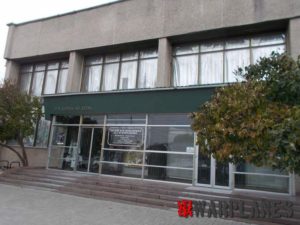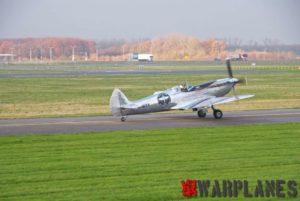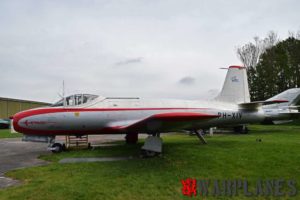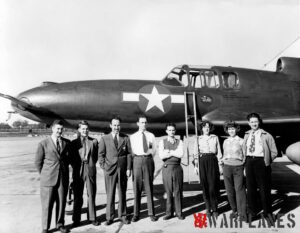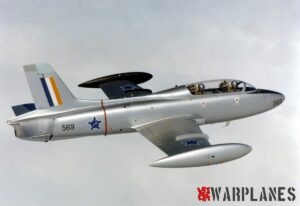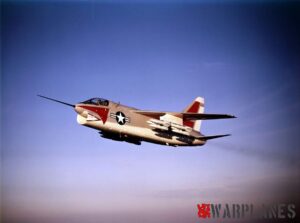Musée de l’Air et de l’Espace
The Musée de l’Air et de l’Espace (The Museum of Air and Space) is a French museum, located in the south-eastern edge of Le Bourget Airport, which is 10 km north of Paris. It was created in 1919 from a proposition of Albert Caquot (1881-1976). Occupying over 150,000 square meters of land and hangars, it is one of the oldest aviation museums in the world. The museum’s collection contains more than 19,595 items, including 150 aircraft, and material from as far back as the 16th Century.
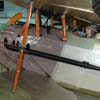 Displayed also are more modern air and spacecraft, including the prototype for Concorde and Swiss and Russian rockets. The museum also has the only remaining piece of L’Oiseau Blanc (The White Bird), the 1927 aircraft which attempted to make the first Transatlantic crossing from Paris to New York. The aircraft took off from Le Bourget on May 8, 1927, jettisoning its landing gear (which is stored at the museum), but was then lost over the Atlantic.
Displayed also are more modern air and spacecraft, including the prototype for Concorde and Swiss and Russian rockets. The museum also has the only remaining piece of L’Oiseau Blanc (The White Bird), the 1927 aircraft which attempted to make the first Transatlantic crossing from Paris to New York. The aircraft took off from Le Bourget on May 8, 1927, jettisoning its landing gear (which is stored at the museum), but was then lost over the Atlantic.
Other items of interest range from a gilded bronze medallion of the Montgolfier brothers, created in 1783 by Jean-Antoine Houdon (1741-1828), the Glider Massia-Biot (1879), an 1884 electric motor by Arthur Constantin Krebs (1850-1935), a nacelle of the 1915 Zeppelin LZ 113, equipped with 3 Maybach engines, type HS, a 1916 SPAD VII aircraft by Blériot-SPAD, a 1917 de Havilland DH 9 aircraft by Geoffrey de Havilland (1882-1965), and a 1918 Junkers J.9 (DI) aircraft by Hugo Junkers (1859-1935), to the 1961 Dassault Mirage III C by Marcel Dassault (1892-1986), an SSBS S3 surface-to-surface ballistic missile commissioned in 1981, and a 2002 Dassault-Breguet Super Étendard model.
Images bellow present following models of airplanes:
Deperdussin “monocoque” racer 1913, 203kmh world speed record, Morane H 1913, this one was the personal aircraft of Léon and Robert Morane and was given to the museum in 1924. On this type Roland Garros crossed the mediteranean sea in 1913 and Brindejonc des Moulinais flew 5000km across Europe, Henry Farman HF20, Caudron G3 Observation in 1914/15 then built till 1918 for flying school, Voisin LAS 1914 Observation then bomber in 1915/1916. This one depicts the machine that shot down a German aircraft on 5 october 1914 [first air to air victory recorded]. Given to the museum in 1919, Spad 7 number S254 “Vieux Charles” genuine Guynemer airplane used between december 1916 and may 1917. It was preserved after his death in a Spad 13. Original linen restored with the help of Louvre museum specialists, Spad 13 (1918) restored in René Fonck’s markings, Junkers J9 (D.I in german army) 1918. All metal monoplane. Only surviving example. Breguet 14A2 (1918) Reconnaissance and Artillery spotting. The camouflage is not good. Pfalz D.XII 1918 german fighter, Spad 13 view showing the red star. It was the squadron previous emblem before escadrille 103 became part of the Storks fighter group and adopted a stork as emblem, Detail of the Hotchkiss machine gun with mounting.
Nico Braas
All images- Nico Braas Photo captions- Gilles Marchal.













